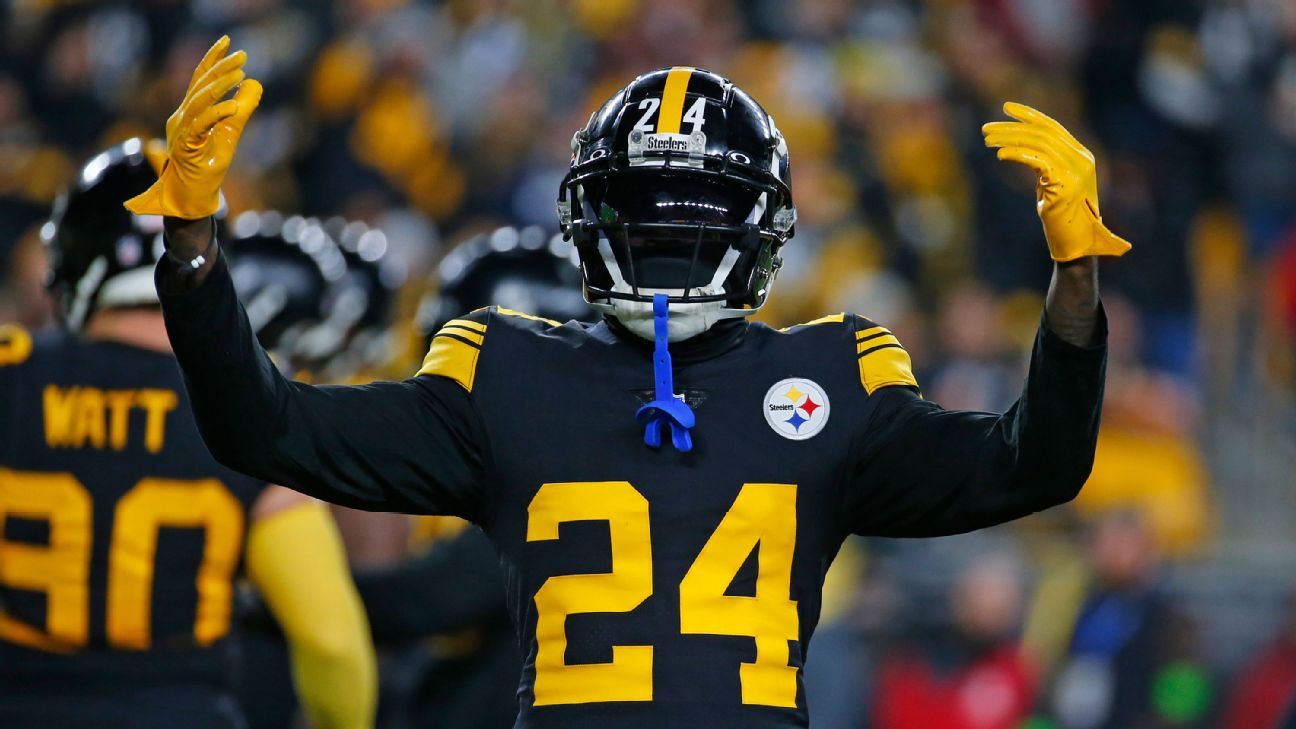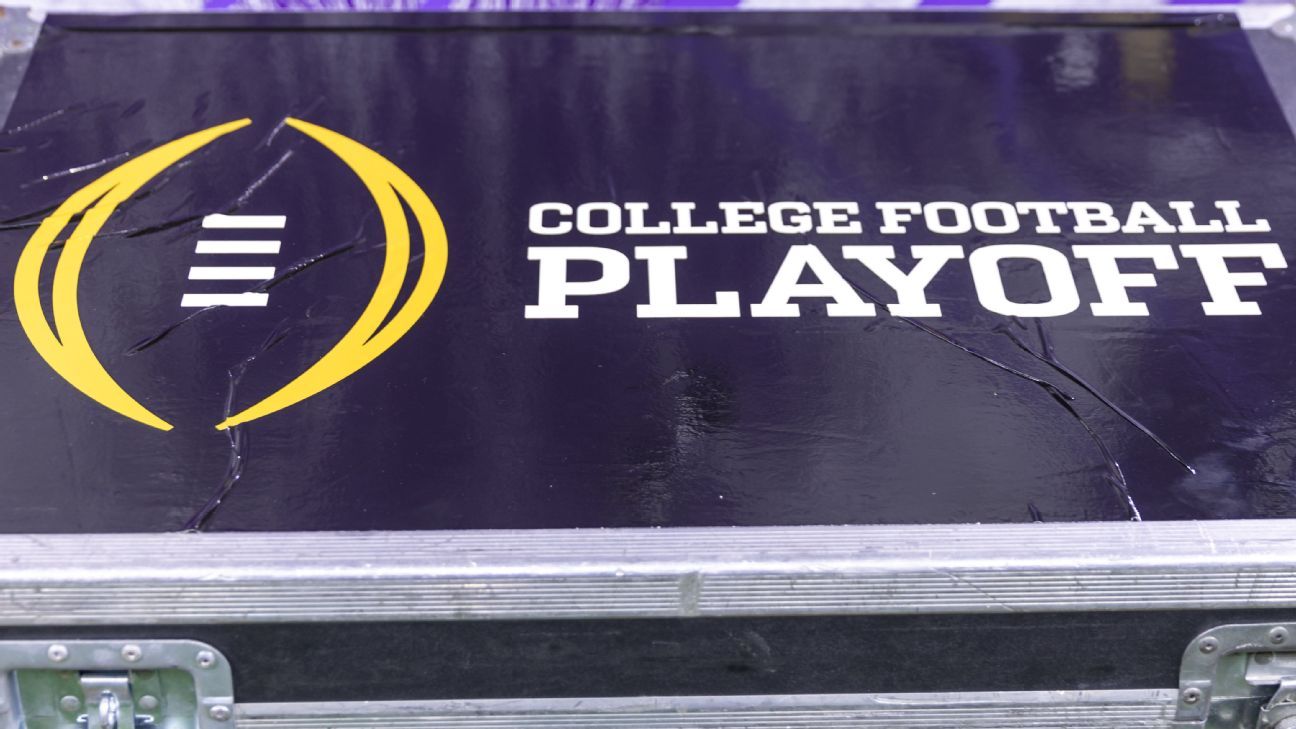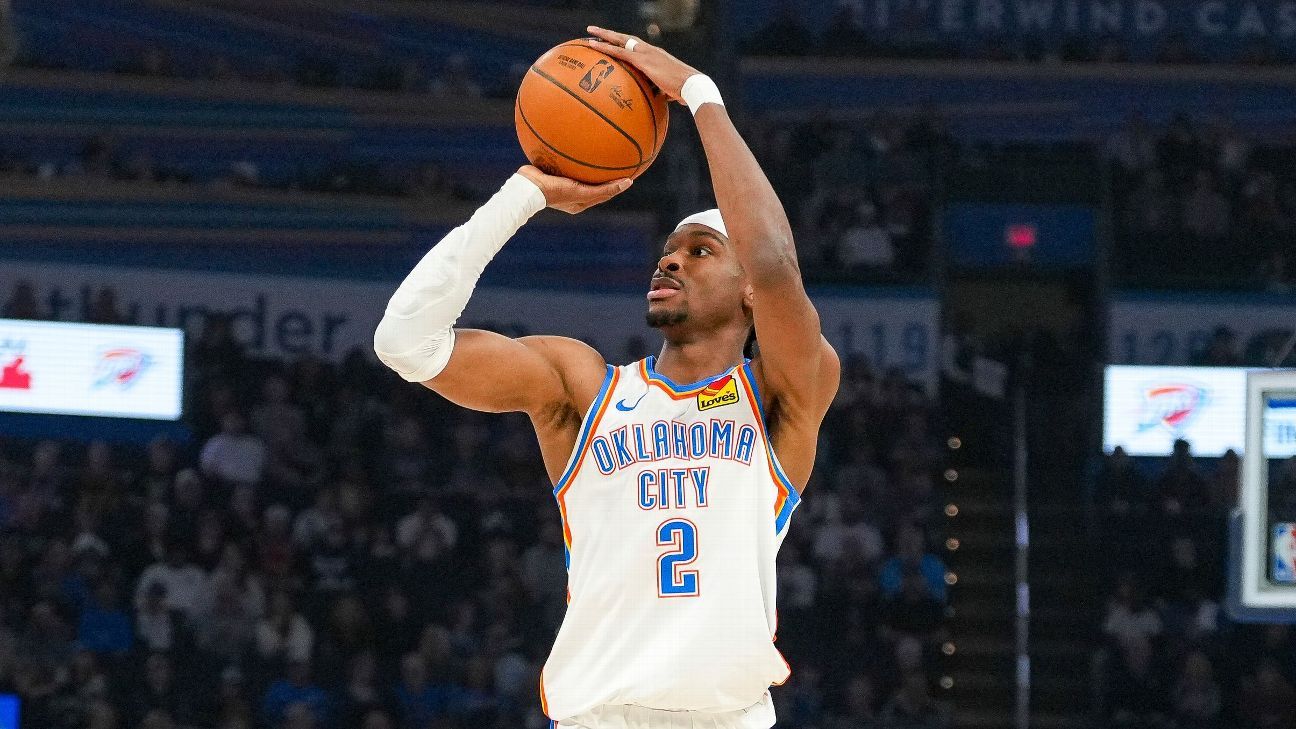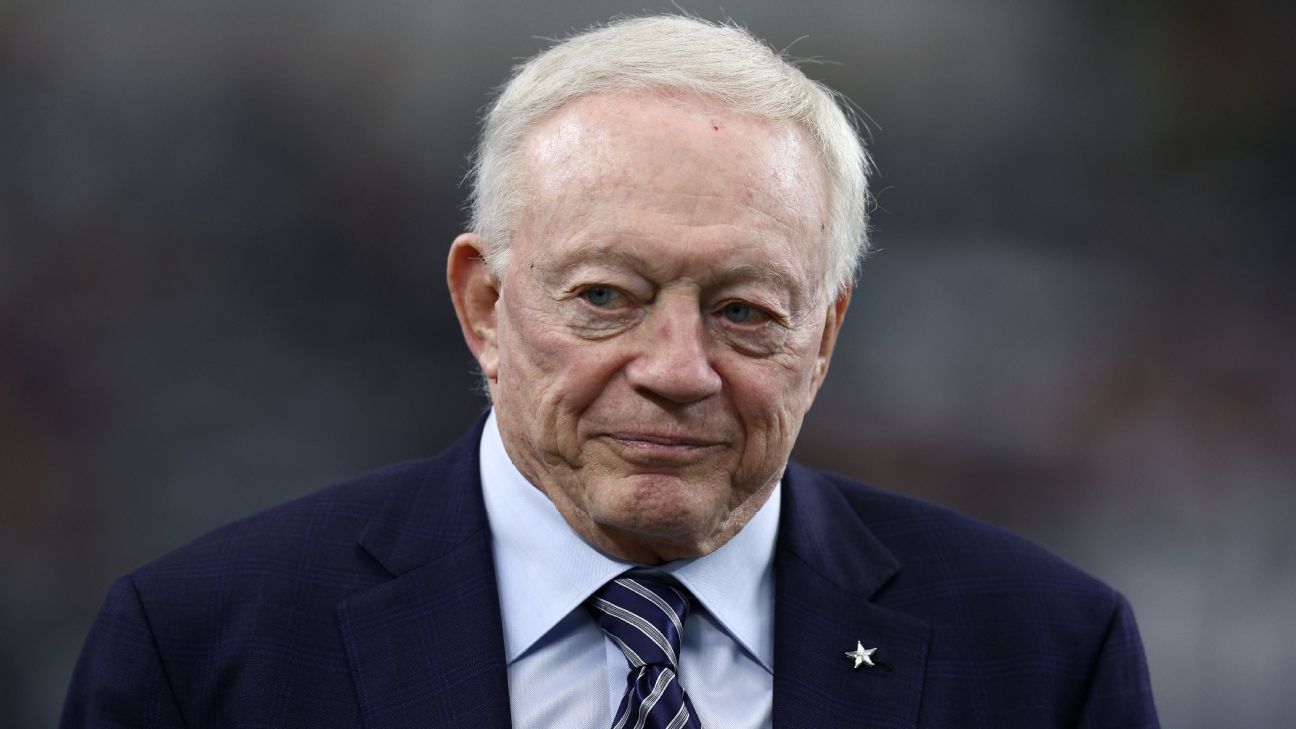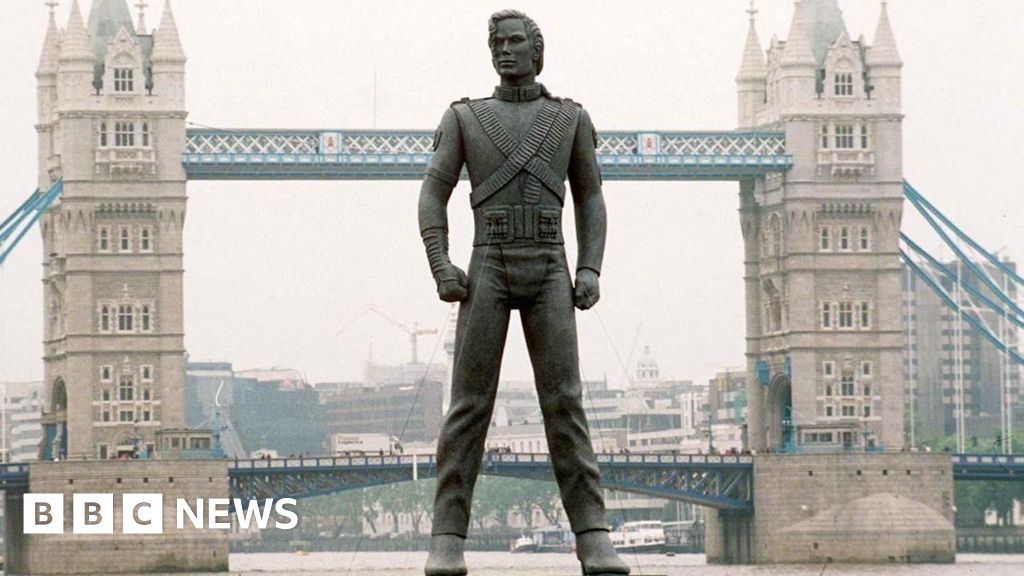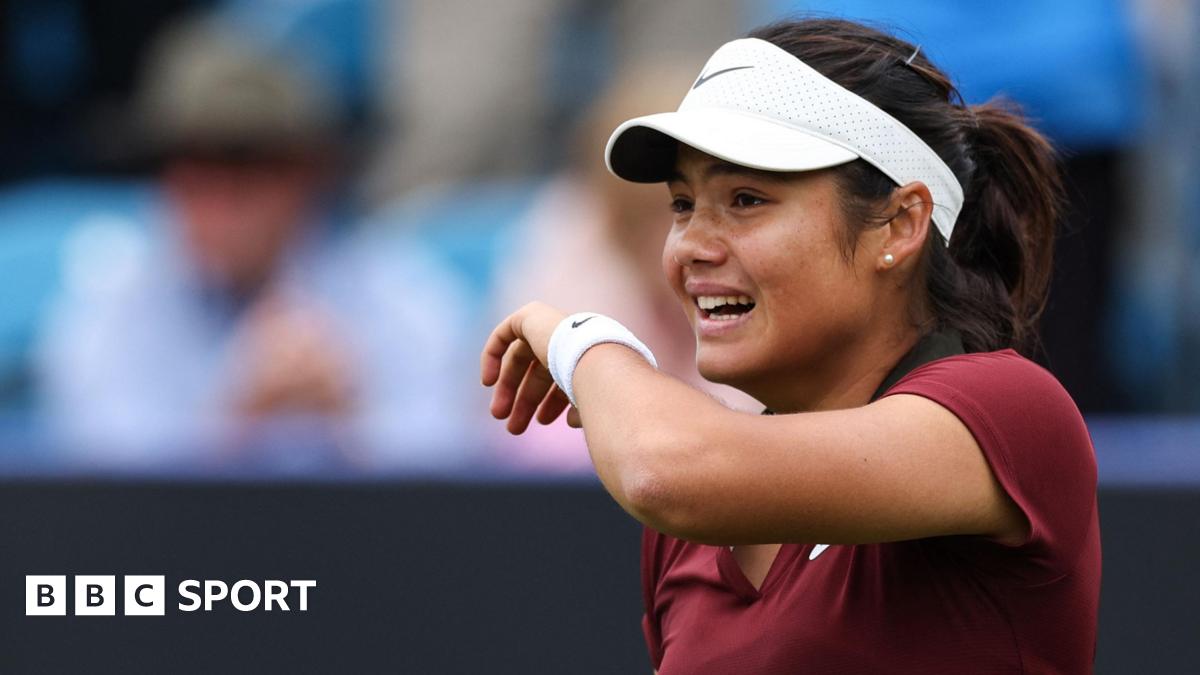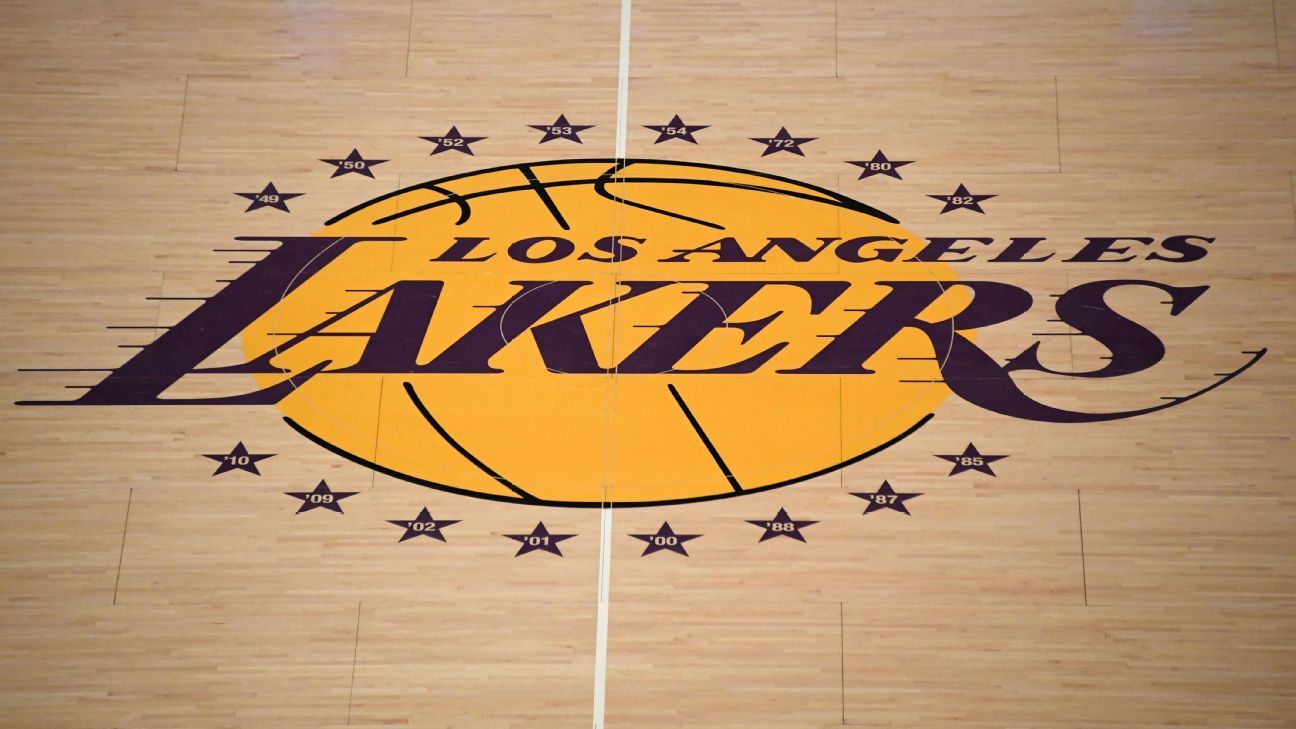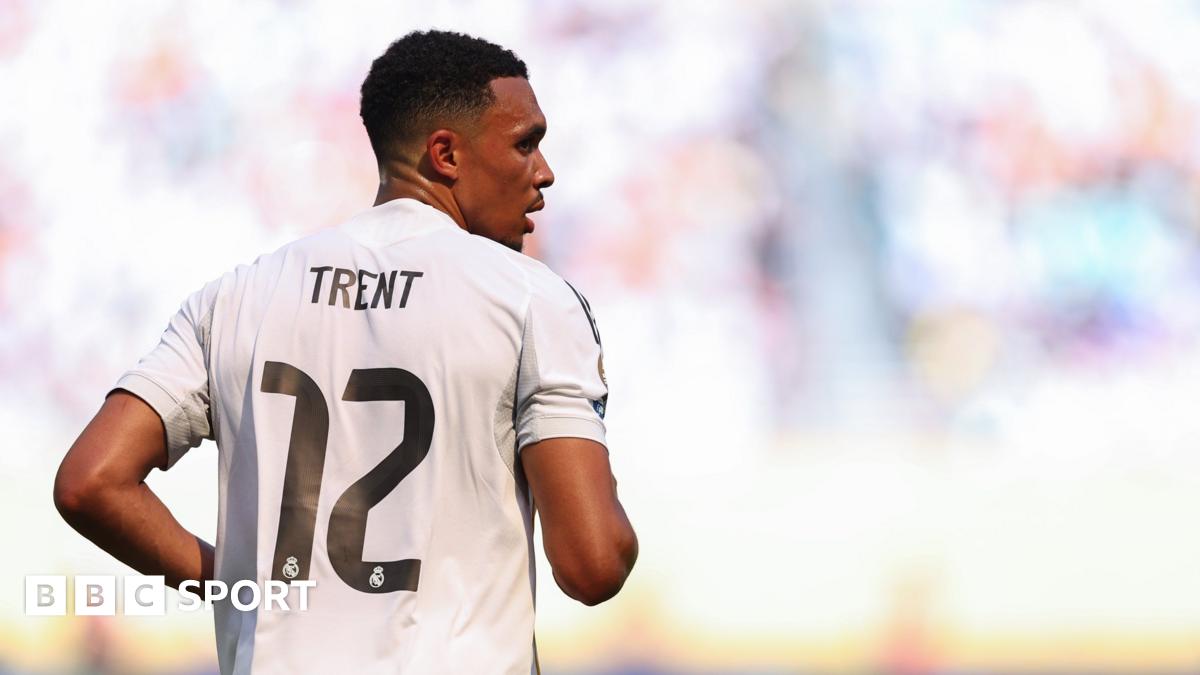
Anthony GharibJun 30, 2025, 10:30 AM ET
Peter Bici vividly recalls his introduction to Supreme when it launched in 1994.
The original Supreme team member skated from Queens to downtown New York toward Lafayette Street but couldn't find the shop. At the time, Lafayette was rather barren. Bici had never been there and kept skating the wrong way until finally, he spotted a store that read "Supreme" on it with brown paper over the windows.
"I walked in and I was just like, 'Whoa.' This is a state-of-the-art, modern skateboard shop," Bici said in ESPN Films' "Empire Skate," which is released Monday. "This is sick."
Music played loud enough to shake the windows. Skateboards hung on the wall next to the register. T-shirts had to be neatly tucked and folded or else you would have to answer to founder James Jebbia, a perfectionist.
Nobody knew it back then, but the earliest skaters at Supreme marked the beginning of a multibillion-dollar business that evolved into a cultural phenomenon -- and single-handedly revolutionized the fashion resale market.
From Nike to Comme des Garçons, Supreme kick-flipped the concept of brands collaborating and reached unseen heights.
When Odell Beckham Jr. had season-ending surgery on his ankle in 2017, the NFL star opted for a Louis Vuitton Supreme walking boot. He also has a tattoo of the logo on his back -- retired NBA player JR Smith has a similar tattoo on his calf. Brazilian soccer superstar Neymar wore a Supreme cap sitting courtside at the 2023 NBA Finals. Travis Kelce arrived at a January Kansas City Chiefs game with a Supreme beanie and Timberland boots made in collaboration with the brand.
Back in the 1990s, Jebbia gave New York skaters an almost exclusive clubhouse. They repaid him with a transcendent brand.
"We were the rotten apple. We were the cool kids ..." Alex Corporan, an original member of Supreme, told ESPN. "But the way we carried ourselves was in a way [where] people were like, 'Who are these menaces to f---ing society over here? They think they're the s---.' And we're like, 'Yeah, we are the s---.' That carried a lot of energy ... People wanted to be us."
So, they bought Supreme. And the rest is history.
To understand Supreme is to understand New York's skate scene in the early 1990s.
Skate shops slowly popped up around the city, but struggled to last. Most went out of business in the late 1980s, and skateboarding went underground, according to Ryan Hickey, a member of Supreme's skate team. According to Corporan, at the time "there was no real skate shop money" in New York. However, the skating scene and culture found its way back in 1993.
Zoo York was founded that year and began selling skateboards and streetwear. Jebbia, who left England for New York in the early 1980s, and Mary Ann Fusco created Union in 1989 as one of the first streetwear boutiques.
After the success of Union, Jebbia expanded and opened a Stussy store, another streetwear business. Union and Stussy created a foundation of streetwear in New York that built up to Supreme, Washington Post fashion critic Rachel Tashjian said in "Empire Skate."
A skate renaissance was underway but with no skate shop to support it. So Jebbia took matters into his own hands.
"At the time, I'm at Union and I'm skating," Frank Crittenden Jr., better known as Chappy, said in "Empire Skate." "And James was like, 'Yo, what do you think about opening up a skateboard shop?'"
But Jebbia wanted it to be a boutique shop with the "flyest and finest s---," Chappy, one of Supreme's early managers, said. While deciding on the name, Supreme kept popping up, so they chose it.
Supreme evolved into a legitimate skate shop in a city dying for one, the main hub to meet up, organize and decide where to skate. Skaters always wound up back there at night.
They started to do everything there, but business wasn't booming yet. Corporan put it matter of factly, saying they were "bored."
Jebbia stuck with it and had a vision. He found inspiration in the skaters that rode around the city. He looked at how they dressed -- in baggy clothes -- and found it compelling.
He designed clothes for them to wear, leading to the inaugural Supreme skateboarding team in 1996. That group included Hickey, Justin Pierce, Mike Hernandez, Giovanni Estevez, Jones Keeffe and Bici.
The Supreme team and others who visited the store wore the brand with pride. People started to pay attention.
Around the same time, Jebbia gave the crew packs of red Supreme box logo stickers, and the skaters started placing them around the city. The iconic logo is inspired by American artist Barbara Kruger's work.
People in the city caught on to the Supreme aesthetic. It created something reminiscent of an exclusive brand.
"We were just the guys that wore a brand that belonged to us, that James gave us a clubhouse for," Corporan said. "And when you have a house like that, everyone wants to be in the house. But we didn't let people in like that."
The skaters never found themselves in it for the money. But their willingness to rep Supreme led to plenty of it.
"They changed skateboarding and fashion and then in a lot of ways, business," Josh Swade, the director of "Empire Skate," told ESPN. "Without these kids cosigning the brand and the shop in the early days, it doesn't become what it became."
Supreme followed a limited buyback strategy early on and weekly drops occurred on Thursdays, a practice still in place. No matter how much money a customer brought, they could only purchase one shirt. The limited supply led to a higher demand, which eventually birthed a giant resale market.
Corporan estimates 80% of Supreme's earliest customers were from Japan. The first store outside of New York opened in Japan during the late '90s.
"[Japan has] a fascination with Americana but also subcultures of Americana and so because Supreme was so specific in its references," Swade said. "I think that those street references connected with Japanese tastemakers and they were quick to say, 'Wow, this is a New York brand/skate shop that's doing something we think is really cool, that we haven't seen before.'"
The country birthed curated resale shops for secondhand items. The limited nature of Supreme's business fit into the Japanese culture of buying something, selling it, then seeing its value rise over time -- in other words, a hypebeast culture.
Some of the Japanese customers at Supreme were nicknamed "buyers," who would come to the store, purchase the same items separately, and then fly over the Pacific to resell them.
Corporan referred to the time when the buyers started coming to Supreme as the "giant beginning."
A reseller would fly out 20 buyers who one by one came to the store and ordered the same sizes of various items. Corporan grew suspicious, so one day he hopped on his Supreme bike and followed one of them.
Corporan caught up to the group with bags of Supreme laid out on a Starbucks table, then approached the main procurator with a new system: Bring order requests directly to the workers, and they'd deliver it -- allowing for bulk orders -- though the buyer would have to pay 30% extra in cash on top of the transaction's retail price.
The buyers received shopping lists that included items to buy for the cashiers in exchange for giving them items in bulk. The buyers would also leave their credit cards with the cashier, who would ring up items in smaller individual transactions throughout the day so it looked like normal purchases -- instead of a bulk order.
Workers would be taken care of at the end of the day and Corporan simply said "no one left sad."
"We caught on and did this resell thing. Then that's how the brand got big because it was like, oh there's a resale value here," Corporan said. "Then when we did a collaboration with Nike SB. That's when we really took off."
Nike dove into the skateboard sneaker scene in 2002, first collaborating with Zoo York for dunk lows that dropped in June. Months later, Supreme got its own version of Nike dunks in what Swade called a "monumental collab."
Those featured a spin on the iconic cement design of the 1988 Jordan 3, which hadn't been seen until Nike repurposed the print on those dunks.
"The fact that then that comes out on a skate shoe, that's one of those moments where like people who didn't skate were like 'Oh, what's going on over here, lemme pay attention to this,'" he said.
Nike gave Supreme 300 pairs, then a limited amount to other skate shops. Corporan remembers people being hungry for the shoes and explained that's where it got intense because Supreme controlled how many they could sell.
One reseller who got their hands on it was Lam Xie, better known as OG Ma, a monumental figure in the fanatical reseller market.
OG Ma moved to the U.S. from China in 1992 and was introduced to Supreme in 2000. She gradually started buying and collecting items, being enamored by the designs and their limited release style.
In 2006, one of her friends showed her a basement-level vacant store in Chinatown, New York, and asked if OG Ma wanted to use it to start her own business. She didn't hesitate.
"By that time, I have already kept a lot of Nike SB sneakers and Supreme items. That's why I decided to get the shop to resell because not too many people know what Supreme was [at the time]," she said.
She decided to name it "uniquehypecollection" and first posted her merchandise on eBay, then social media. The business grew enough for her to move to a bigger location in 2014. That's when the clientele got famous.
Rapper Wiz Khalifa was the first celebrity customer in 2014. Others followed -- Kylie Jenner, rappers Travis Scott, Juice WRLD and Playboi Carti and Colombian singer J Balvin -- all with the goal of buying Supreme from OG Ma.
Swade likened her store to the 1984 film "Gremlins," which includes a shop that boasts a special magic.
"In that shop, that is kind of what OG captured," he said. "She took this brand that was already really secretive and felt very insider and then put this coveted spin on it where like you even had to be further in the know to seek out this tiny little shop."
Connections go a long way in the reselling business and OG Ma's aided her in 2015 when Supreme collaborated with Louis Vuitton, arguably their most famous partnership. Some of the items are extremely desired, like the Skateboard Trunk, which sold for $75,600, per Sotheby's. Of course, OG Ma owns one of the 10 in the world, boosting her iconic collection.
OG Ma pinpoints Supreme's 2012 collaboration with Japanese label Comme des Garçons as a pivotal source of elevation, with the Louis Vuitton partnership being one of many that later pushed the brand to new heights.
"They realized very early on that bringing in outsiders who had done incredible things in the world of culture and finding a way to bring that artwork into their products was only going to make it more coveted," Swade said. "And just f---ing cool."
Supreme revolutionized the idea of collaboration, which coincided with a resale market that erupted and aided its longevity.
Even as the hype peaked in the mid- to late-2010s, Supreme always stayed true to itself, adding an element of brilliance, Swade said. It paid off in 2020 when VF Corporation bought Supreme for $2.1 billion before selling it in July 2024 to EssilorLuxottica for $1.5 billion.
Corporan admitted he never could have thought the brand would grow into what it did. But it became bigger than the skaters' imaginations and turned that red Supreme box logo into gold.
"We're grateful that we had something that was amazing that we call it home and that's the raddest part about it," Corporan said. "We had something that no one in the world could ever have. There's no retail shop that could ever do that ever again."



